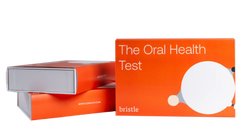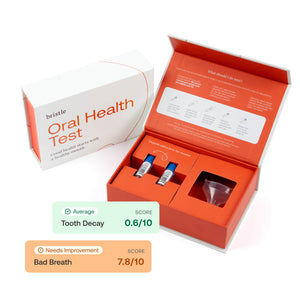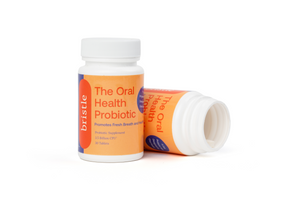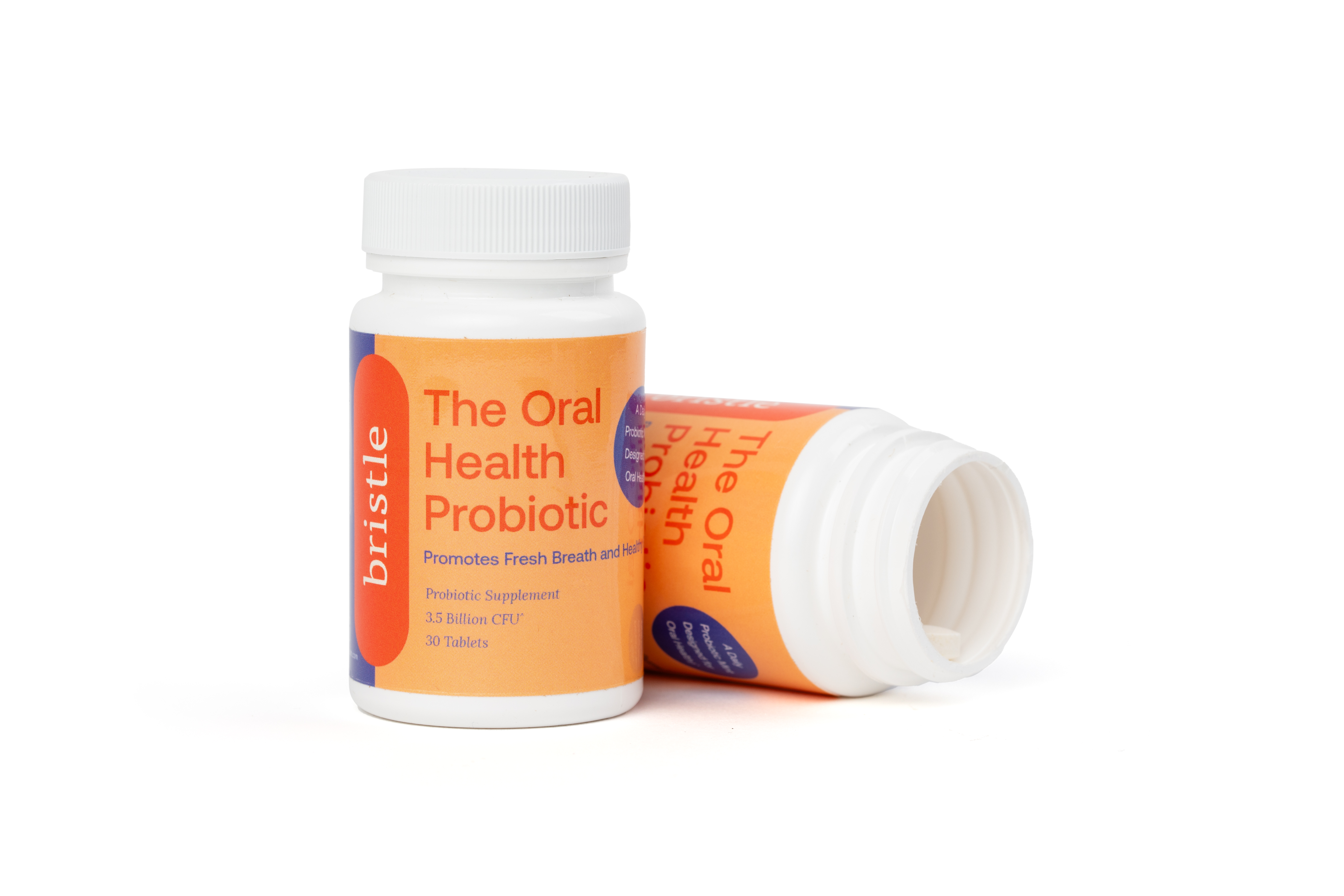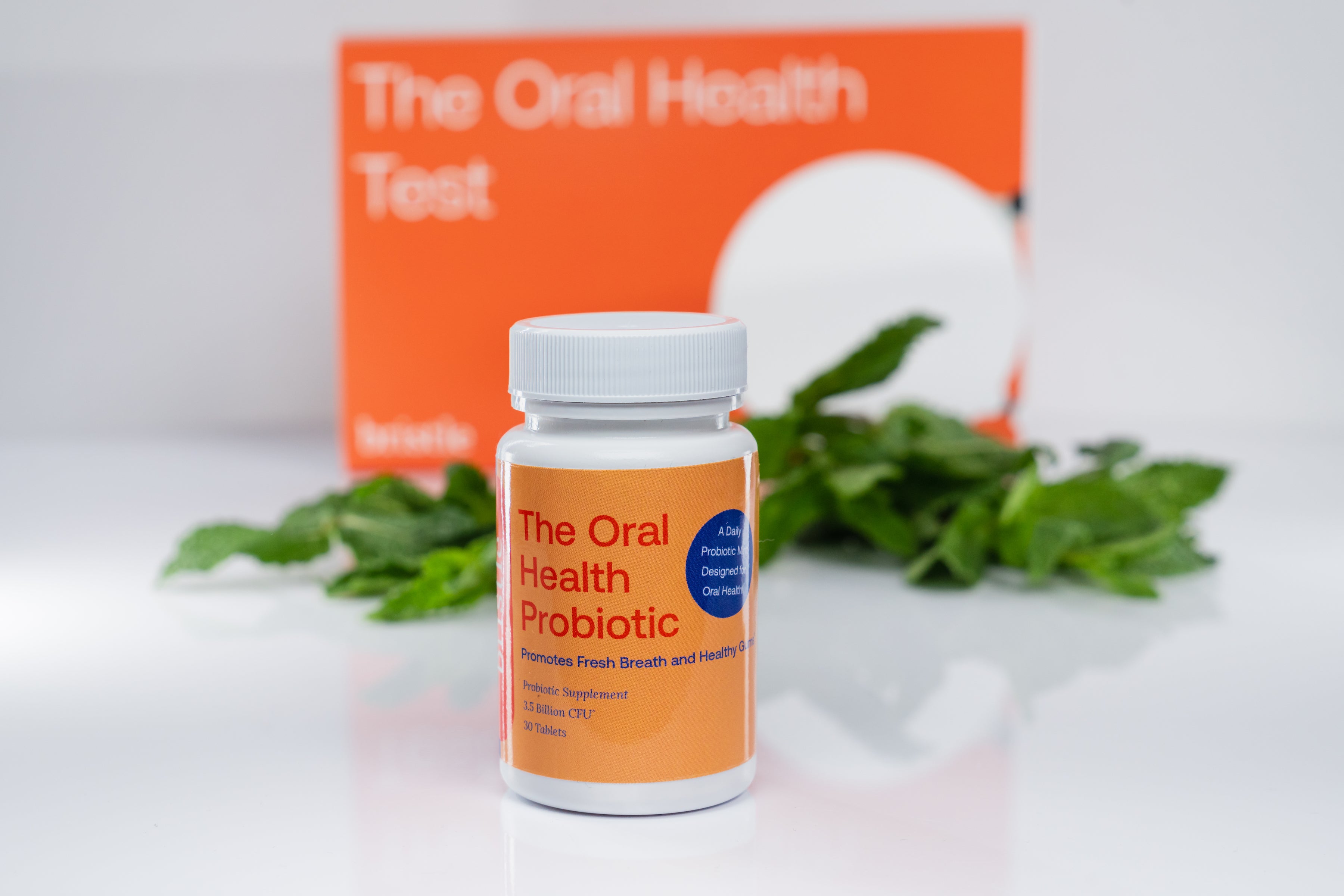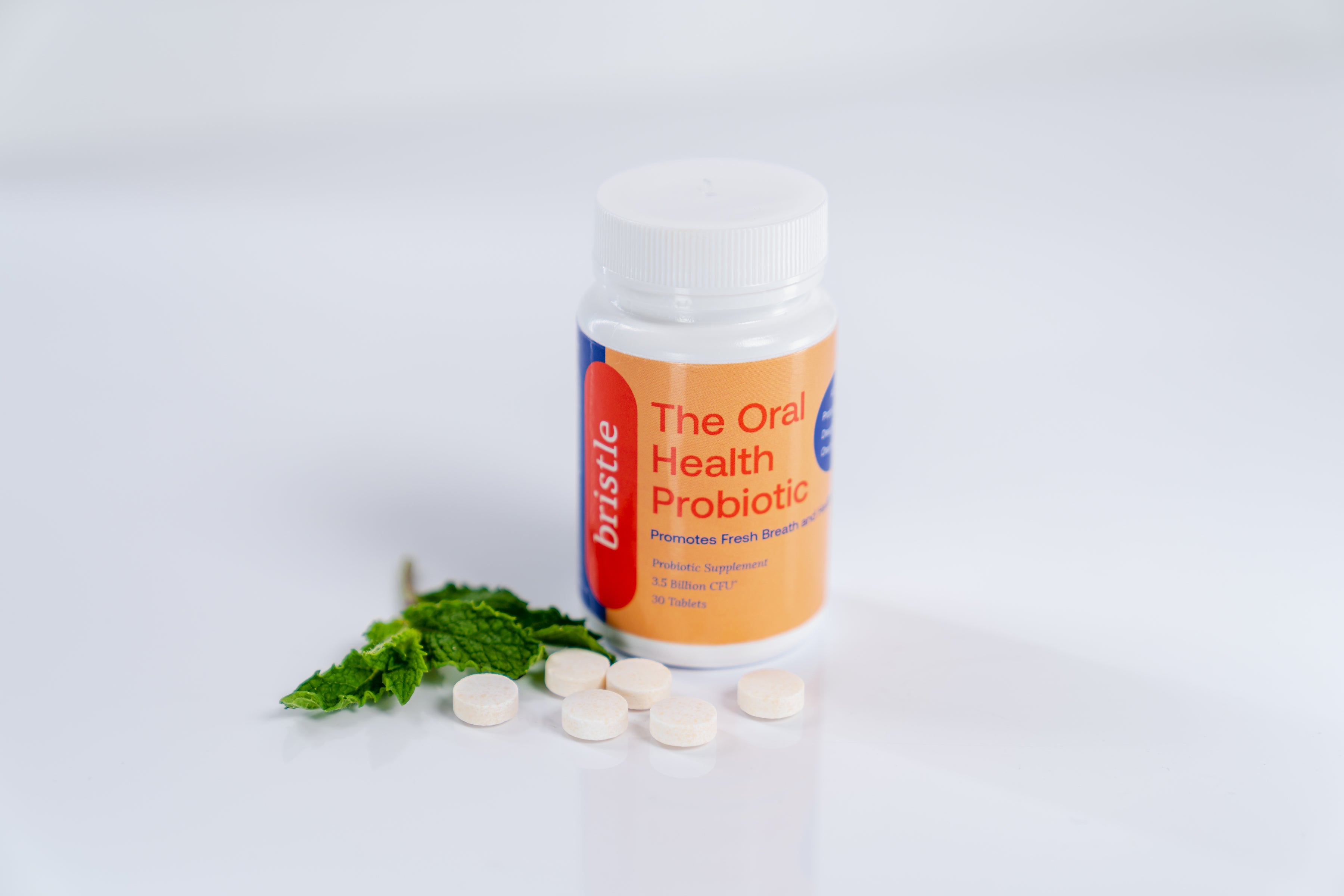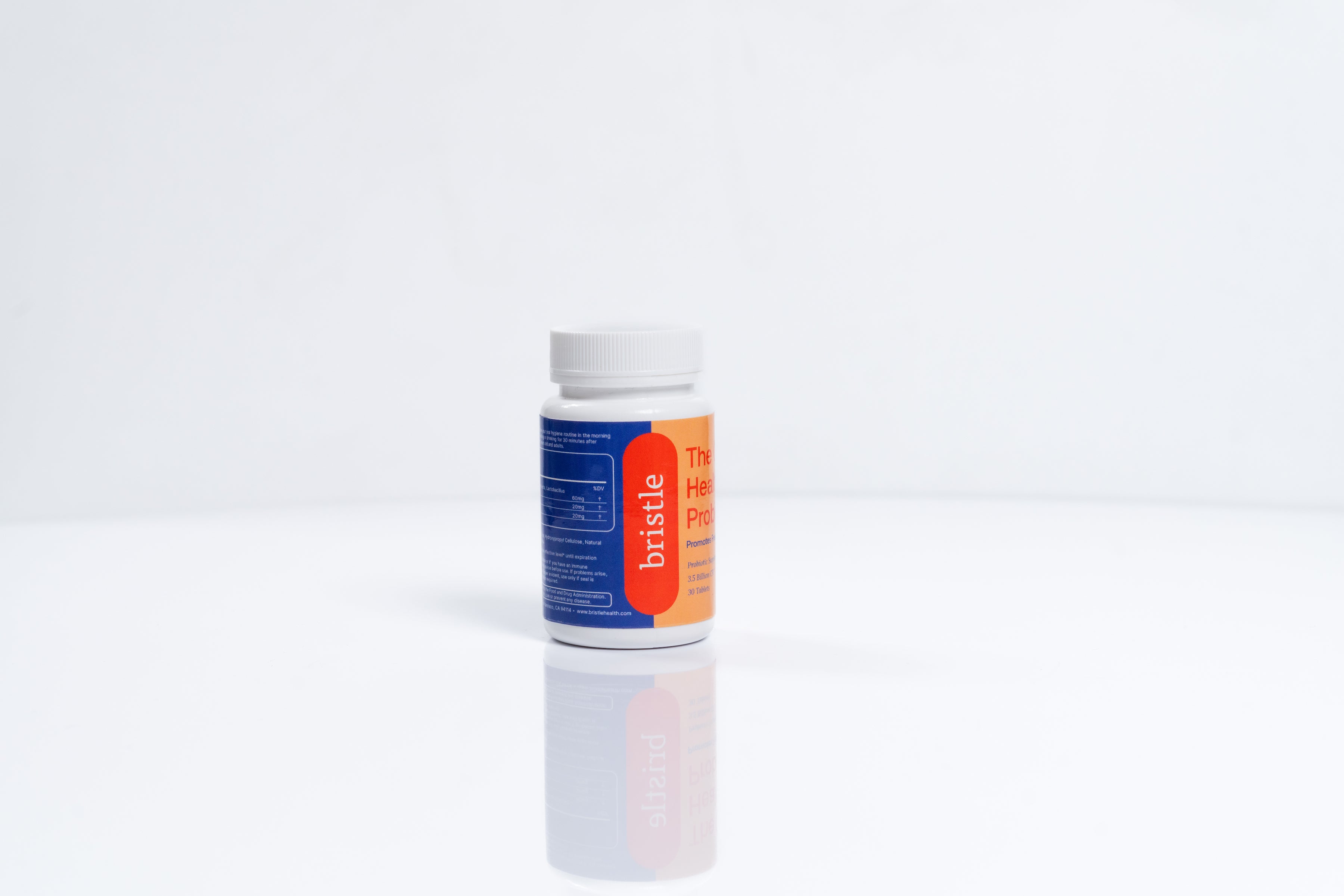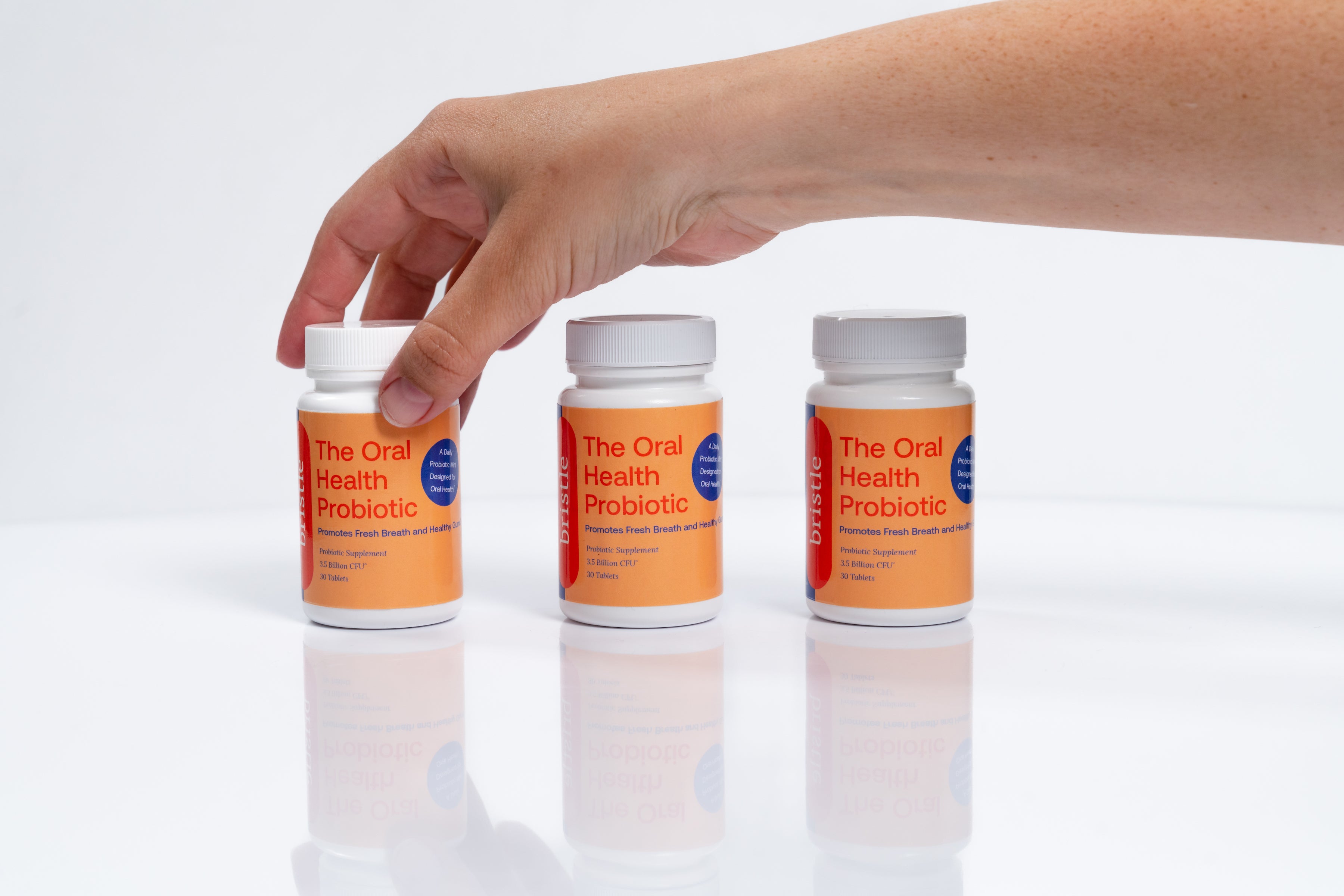Bad breath still affecting you even though you’re using a tongue scraper? In this article we talk about why that’s the case and what you can do to fix it.
What causes bad breath?
The vast majority (90%) of all bad breath is caused by bacteria in the mouth, also known as the oral microbiome. The other 10% of bad breath come from sources outside of the mouth such as the gut. For the cases coming from the mouth, bad breath is caused by a condition called oral microbiome dysbiosis.
The oral microbiome is home to millions of micro organisms, bacteria, fungi, and viruses, which live in harmony with you and your immune system. Sometimes, this microbiome becomes imbalanced, and the bad bacteria that cause disease grow to high levels and cause issues in your mouth, and throughout your body.
The microbial imbalance leads to microbes that create smelly compounds as they grow, such as volatile sulfur in hydrogen sulfide, or putrid smelling compounds like cadaverine. You can read more about how to fix bad breath permanently here.
Fortunately, there are ways to put the oral microbiome back in balance through maintaining proper hygiene, diet, and lifestyle, and even implementing additional products that can help you shift the balance back to a healthy state.
For the other 10% of cases, bad breath can come from the gut or nose. The stomach can be host to bacteria called Helicobacter pylori, which is known to create stomach ulcers, and also create stinky hydrogen sulfide. A gastrointestinal specialist can administer an oral breath test that may help diagnose H. pylori infection.
What does a tongue scraper do?
A tongue scraper can help reduce the bacteria in your mouth that cause bad breath.
Sometimes, oral microbiome dysbiosis leads to growth of bacteria on the tongue that cause bad breath, such as Solobacterium moorei or Granulicatella adiacens. These bacteria can be reduced by tongue scraping, but each day they can still grow back. However, bacteria on the gums will be unaffected by tongue scraping.
How often should you scrape your tongue?
Try tongue scraping at least daily as part of your morning routine.
If you tongue scrape daily, it might help reduce the abundance of those bad breath causing bacteria. However, they will still grow back each day, typically overnight as you sleep. By adding tongue scraping to your morning routine, you may be able to hold off bad breath for half of the day, but it inevitably returns by the night, and often by the following morning. Make sure you clean your tongue scraper after using it!
How to clean a tongue scraper
There are a variety of ways to clean a tongue scraper, but here is the method that is recommended by dental professionals:
Wash the scraper under warm water with soap.
Leave the tongue scraper in a solution of hydrogen peroxide for at least 30 minutes.
Dry the tongue scraper with a clean towel and store it in a dry place.
*We recommend only using stainless steel tongue scrapers and replacing them every 12 months for the best results.
So why doesn’t your tongue scraper work?
Here are some possible reasons your tongue scraper isn’t helping with your bad breath:
